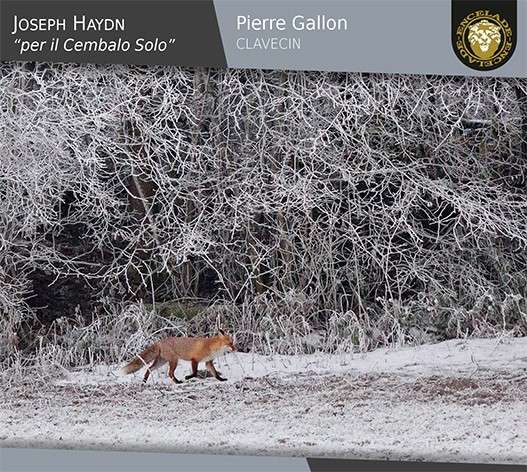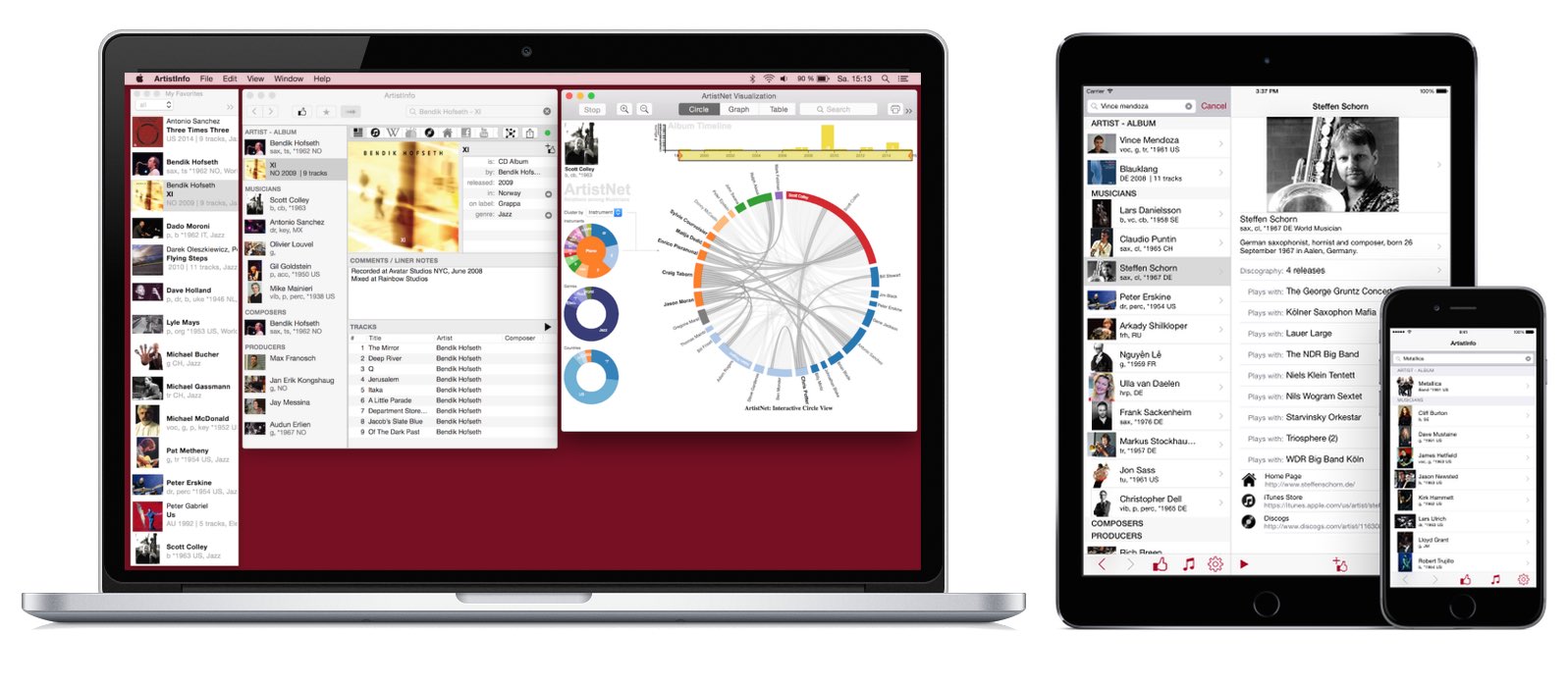
Pierre Gallon
per il Cembalo solo
Album 2018 on L'Encelade label
Classical (Classical)
The story of “aesthetic truth” on the keyboard is like something out of a novel and so, more than two centuries after Joseph Haydn (1732-1809) wrote his keyboard music, the question of which instrument is best-suited to its appreciation is among those that this recording appears to raise. As far as Early Music is concerned, Germanic Romanticism played a founding role in the history of musical taste. That century of virtuosi and transcribers, with its sensitivity to the distant past, accustomed the modern listener to appreciating - if not necessarily exploring - the keyboard music of the 17th and 18th centuries. Liszt and Mendelssohn’s passion for Bach, along with Brahms’s interest in Handel, at a time when both composers had fallen into obscurity, signalled a sea change involving a return to the very roots of the music they were playing. Even so, this resurrection was essentially played out… on the piano. Even as recently as the 1960s, the next truly legendary generation of modern virtuoso pianists such as Clara Haskil, Richter and Horowitz mostly used Steinway pianos, played in a Russian style with a velvety, detached timbre and no harshness, to recreate the world of Haydn or Scarlatti, both in concert and in the recording studio. In 2017, we now have a mature conception of what the term “Baroque” means, and this Haydn project offers listeners a fresh perspective on one of the major artists of the 18th century. This recording is an unusual milestone in the modern approach to Baroque keyboard music, as it introduces Joseph Haydn in the guise of a master harpsichord player. In fact, this was the first instrument that the maestro ever played, we might even call it his own private instrument, as it was the one he used to improvise, to give concerts and, above all, to compose. The period covered by these seven pieces, circa 1766 to 1781, came after the absolute peak of the harpsichord’s popularity, in other words the period between Frescobaldi and Johann Sebastian Bach. Although, when talking about these Rococo era compositions, Pierre Gallon goes as far as to call them “a swan song” of the harpsichord, let us not be misled, this is merely a matter of highlighting a paradox; although the vogue for the instrument was on the wane, this was also very definitely a period of gestation and, albeit often referred to as a “transitional phase”, for want of a better description, it actually led to the advent of the incomparable Viennese Classical Style.
Musicians
 | Pierre Gallon hps, FR album by |
Album Tracks
| No | Title | Artist | Composer | Duration |
|---|---|---|---|---|
| 1 | Partita HobXVI:6 „Divertimento per il Cembalo Solo“ (bef. 1766) - Allegro | Pierre Gallon | 5:30 | |
| 2 | Partita HobXVI:6 „Divertimento per il Cembalo Solo“ (bef. 1766) - Minuet | Pierre Gallon | 3:54 | |
| 3 | Partita HobXVI:6 „Divertimento per il Cembalo Solo“ (bef. 1766) - Adagio | Pierre Gallon | 3:29 | |
| 4 | Partita HobXVI:6 „Divertimento per il Cembalo Solo“ (bef. 1766) - Finale. Allegro molto | Pierre Gallon | 3:12 | |
| 5 | „Geistlisches Lied“ HobXXVIa:17 (1781) | Pierre Gallon | 2:32 | |
| 6 | Sonata per Clavicembalo HobXVI:27 (1776) - Allegro con brio | Pierre Gallon | 5:13 | |
| 7 | Sonata per Clavicembalo HobXVI:27 (1776) - Menuetto | Pierre Gallon | 5:17 | |
| 8 | Sonata per Clavicembalo HobXVI:27 (1776) - Finale. Presto | Pierre Gallon | 3:54 | |
| 9 | „Minna“ HobXXVIa:23 (1781) | Pierre Gallon | 1:34 | |
| 10 | Divertimento HobXVI:12 (bef. 1766) - Andante | Pierre Gallon | 4:37 | |
| 11 | Divertimento HobXVI:12 (bef. 1766) - Menuet | Pierre Gallon | 3:40 | |
| 12 | Divertimento HobXVI:12 (bef. 1766) - Finale. Allegro molto | Pierre Gallon | 2:05 | |
| 13 | Sonata per Cembalo HobXVI:24 „a Principe Niccolo Esterhàzy“ (ca. 1773) - Allegro | Pierre Gallon | 4:57 | |
| 14 | Sonata per Cembalo HobXVI:24 „a Principe Niccolo Esterhàzy“ (ca. 1773) - Larghetto. Adagio | Pierre Gallon | 3:59 | |
| 15 | Sonata per Cembalo HobXVI:24 „a Principe Niccolo Esterhàzy“ (ca. 1773) - Finale. Presto | Pierre Gallon | 2:46 | |
| 16 | Capriccio HobXVII:1 „Acht Sauschneider müssen seyn“ (1765) | Pierre Gallon | 7:30 | |
| 17 | „Auf meines Vaters Grab“ HobXXVIa:24 (1781) | Pierre Gallon | 1:45 |
